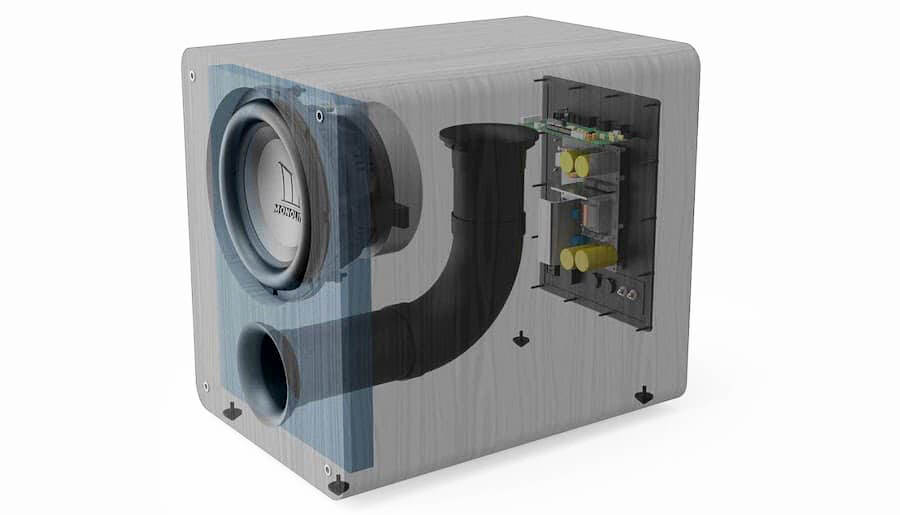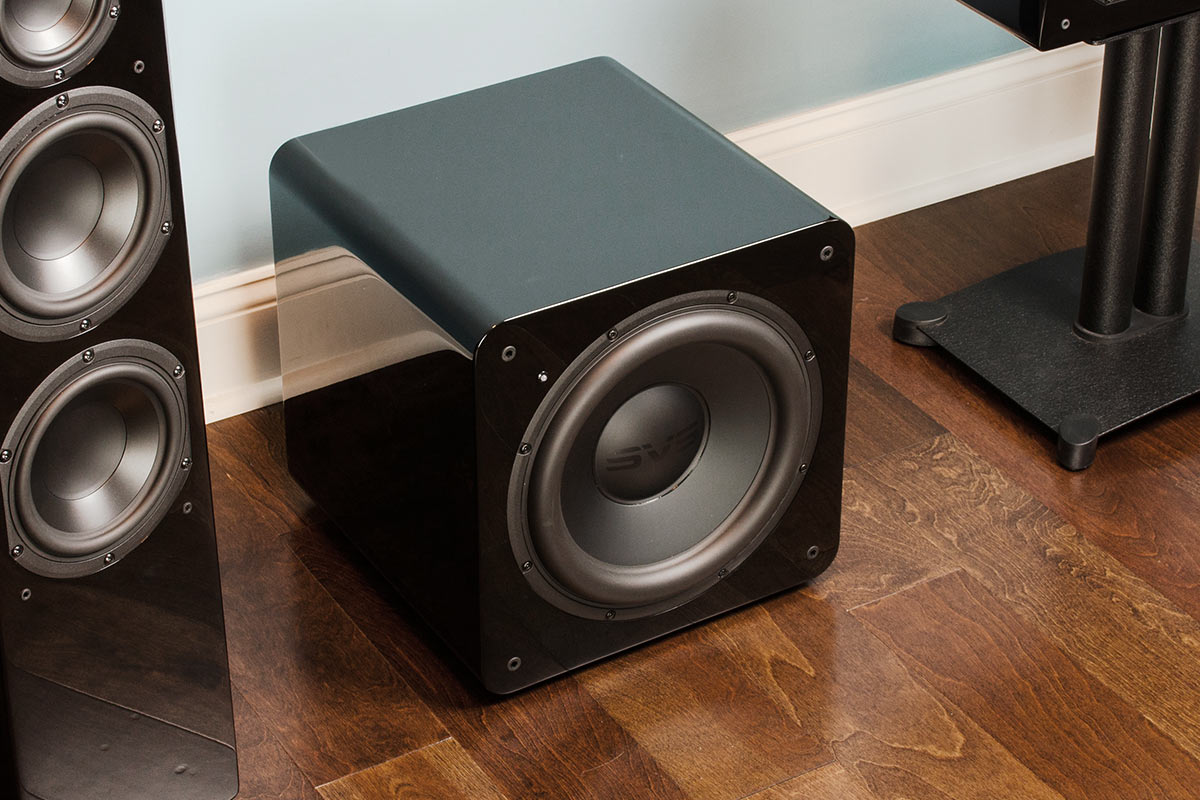It is becoming increasingly common to get home theatre and surround sound systems; these typically include left and right-channel speakers, along with a subwoofer and an amplifier. When designed and used appropriately, a subwoofer can elevate your sound system greatly.
What Is A Subwoofer
A subwoofer is a type of loudspeaker designed specially to produce low frequencies. Full-range speakers typically cover frequencies up to 20 KHz; subwoofers are designed to cover the difficult range of the bottom two octaves, which are from 20 to 80 Hz. So, essentially, subwoofers complement your speaker system by doing the heavy lifting in getting the bass response down to the lowest level. Subwoofers work in the same way as your normal loudspeakers, but they are optimized for low frequencies.
Why Should You Get A Subwoofer?
If you want to experience the full impact of on-screen action, normal speakers alone won’t suffice. Adding a subwoofer to your system takes the burden of reproducing low frequencies off your other speakers. By high-passing the signal to the rest of your speakers, you’ll notice clearer vocals, and you can turn up the volume without the same level of distortion you might encounter without a subwoofer.
The Cabinet
Subwoofers(or drivers) are usually mounted in an enclosure or cabinet, and the cabinet can be made from plywood, fiber board, or other stiff, nonresonant materials. When the cabinet is sealed around the drivers, it creates an air cushion, which also acts as a spring. This gives you low distortion and high linearity.
Nowadays, most subwoofers have a bass reflex design, where the enclosure features a port, typically resembling a circular hole or slot. The port is carefully sized to create acoustic resonance, optimizing low-end performance based on the driver and enclosure size. This design greatly extends the speaker’s bass response to lower frequencies compared to sealed enclosures.

Passive And Active Subwoofers
Just like passive loudspeakers, passive subwoofers need external amplification. They are less efficient and require more power than normal speakers, so you will need to make sure that your amplifier can provide enough power. A good choice for an amplifier is the Marantz Model 60n.
Active subwoofers are more common in home systems. They have an integrated amplifier, and they can handle low-pass filtering.
Crossovers And Filters
Because subwoofers are only for bass and low-frequencies, the high-frequency content needs to be removed from the signal. This is done using a low-pass filter. Additionally, the signal can also be high-passed, removing the low-frequency content and only sending the signals your main speakers need. The high pass and low pass functions are combined in an electric crossover, and these functions can be handled by most subwoofers and receivers. Most subwoofers also have a crossover dial at the back; you can control the frequency at which your subwoofer drops off to blend in with your other speakers.
Placement
Placing a subwoofer in your room requires careful planning. It’s important to note that sounds below 100Hz are non-directional, meaning we can’t pinpoint their source. This allows for the use of a single subwoofer in both stereo and surround sound setups without needing precise placement for directional accuracy. As long as the subwoofer’s crossover is set below 100Hz, it can be positioned anywhere in the room without detracting from the performance of your main speakers. However, if the filter is set above 100Hz, the subwoofer should ideally be placed between the left and right main speakers for optimal integration.
This is an easy method to place your subwoofer correctly: measure the distance from your seating area to the left and right main speakers and position the subwoofer the same distance away. This ensures that the bass reaches you at the same time as the sound from the main speakers.
In conclusion, incorporating a subwoofer into your audio system is essential for an immersive sound experience. It takes on the demanding task of reproducing low frequencies, enhancing the overall performance of your setup by providing deep bass, and reducing strain on your main speakers. Whether you’re enjoying movies, music, or gaming, a subwoofer allows for clearer vocals, fuller sound, and distortion-free audio at higher volumes.
